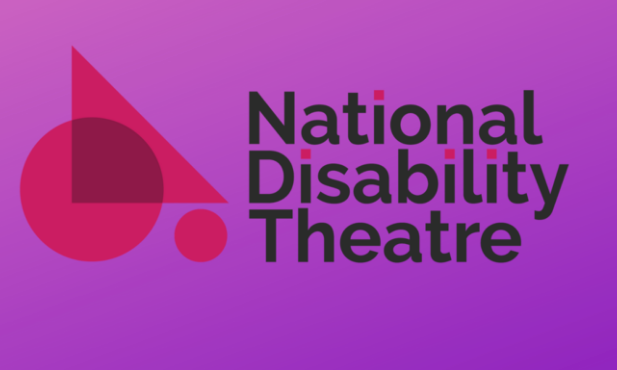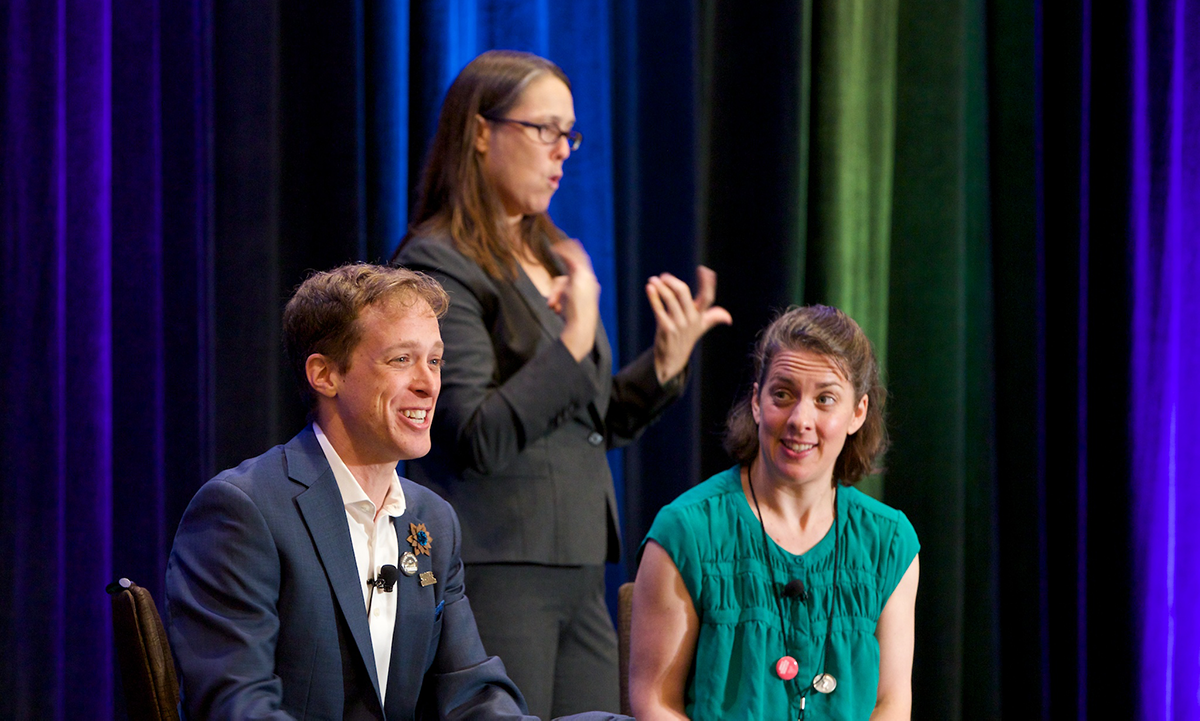August 2018 felt as good a time as any to launch a theatre company. At the time, National Disability Theatre (NDT) was little more than a thought experiment—what if NDT told stories through a lens of disability culture on a large scale? What if NDT partnered with regional theatre companies to produce inclusive work for an existing audience base? What if NDT connected, supported, and lifted up the inclusive work happening on the local and regional level? Alongside these philosophical questions was a practical sense of timeliness and urgency. In the United States, one out of five people has a disability. This is a huge percentage of the population, many of whom may not feel comfortable or welcomed participating in or attending the arts in traditional settings. While sensory-friendly performances are becoming common practice and many regional theatres are including actors with disabilities like never before in their productions (YAY!), disabled actors are still almost exclusively only considered for a role when the script calls for their specific disability. On top of that, 95 percent of characters that have a disability are played by non-disabled actors.
Overall, the disability community remains a huge undertapped artist-base, audience-base, and donor-base. Each day, more and more organizations express a desire to change, yet within the majority of professional theatres staff members don’t always have the practical tools or the lived experience to address the attitudinal, environmental, and structural barriers that can exclude the disability community. There are, of course, several notable exceptions that have been collectively blazing trails in inclusive theatre for decades and casting ensembles of disabled actors on a regular basis, like Sound Theatre Company (Seattle, WA), Phamaly Theatre (Denver, CO), Open Circle Theatre (Washington, DC), and Theater Breaking Through Barriers (New York City, NY), to name a few.





Comments
The article is just the start of the conversation—we want to know what you think about this subject, too! HowlRound is a space for knowledge-sharing, and we welcome spirited, thoughtful, and on-topic dialogue. Find our full comments policy here
I have loved reading this and would like to read all the connected articles. I have not found it easy to work with people with disabilities. I often feel I would offend them with my language or would ask them to do things which they may not be able to do (Though I am not sure whether they wont be able to do or they could do what I ask them) its just the feeling that if I ask them to do something they are not able to do, what would be the feeling. And in My country Malawi, I feel we need what you are sharing in your article about inclusion. People with disabilities are left out. I only know so far one group of people with disability that do drama in malawi. but they are not active as of now. There are many theatre groups however people with disabilities are not included. I am keen to know more of how you work with people with disabilities so that we break this ground in Malawi too.